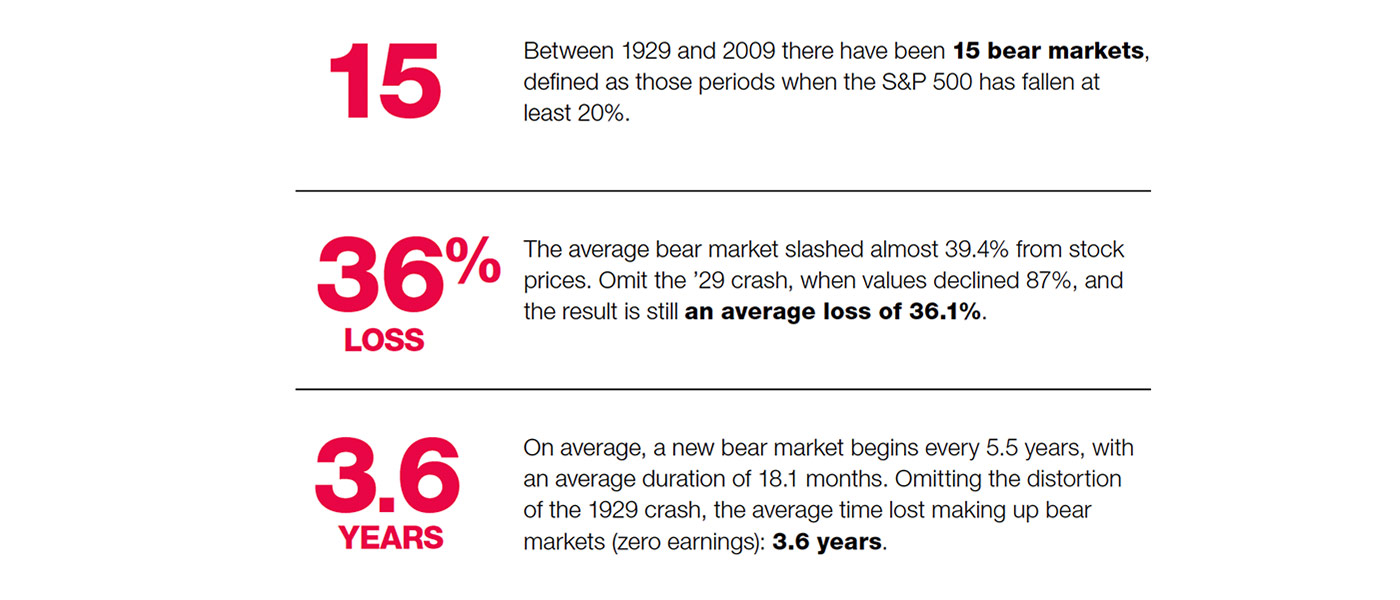Are we in a ‘kids market’?
Are we in a ‘kids market’?

A “kids market” has been defined as an investment environment in which the traders making the most money are those too young to remember the last bear market—thereby lacking a healthy appreciation for risk.
As someone who began applying computerized research to the stock market back in 1969 and still runs more than a billion dollars in investor capital in my investment advisory firm today, I found Mark Hulbert’s recent article in Barron’s to be of more than a little interest. Hulbert reported that Dennis Gartman, a frequent visitor on the financial cable shows over the past few decades, was closing his newsletter, the Gartman Letter, after 30 years of publishing.
Gartman, 69, just got “tired of getting up each business day at 1 a.m. to write that day’s edition.” Institutional investors paid as much as $500 monthly for his sage daily advice.
So, what got my attention? It wasn’t just that Dennis and I, despite being contemporaries, were pursuing different paths, or that we in financial services were losing yet another voice of reason. Nor was it his final newsletter’s dire warning that “the coming bear market will ‘do real and perhaps severe damage to portfolios everywhere.’” It was the explanatory remarks for his forewarning, as related by Hulbert, that sent me to my keyboard to start writing this article.
Gartman based his cautionary advice on his perception that there was too little fear in the current market. He labeled the present stock market a “kids market,” a characterization remembered from the classic nonfiction bestseller “The Money Game” by Adam Smith (a pen name later attributed to financial columnist, novelist, and public TV host, George Goodman).
In the 1968 financial chart-topper, a “kids market” was defined as an investment environment in which the traders making the most money are those too young to remember the last bear market. As Hulbert tells it in the Barron’s article,
“This isn’t the first kids market that Gartman has encountered in his career, of course. All have ended badly, and he’s confident the current one will too. When it does, the ‘all-too-easily-made profits [of today’s] kids will evaporate.’ Out of the ashes will emerge the latest crop of poorer, but older and wiser, investors.
“Avoiding this boom-to-bust cycle requires following an advisor with the battle scars of having lived through a bear market. No amount of education can substitute for that experience, Gartman says. That’s why he doesn’t trust ‘a 26-year old who has just gotten his M.B.A. and has no experience.’ His advice: ‘Don’t follow anyone who hasn’t been around for at least an entire cycle.’”
Although I appreciate Dennis’ high regard for experience and the necessity for a few gray hairs given that I have more of both than he does, I must say that I think Dennis missed the point. He attributed most of the problem with a “kids market” to the age and experience of the “kids.”
I don’t think it is a person’s age that necessarily requires investors to seek out those of us in the boomer generation when it comes to financial advice. Nor do I think that it is only experience that necessarily qualifies one to be a good financial advisor.
There are plenty of “rockers” from the ’60s that seem to have learned nothing from simply experiencing the crashes of the ’70s, ’80s, and the double-dip blowout of the last lost decade. When the market tumbles more than 50%, there is nothing like actually having skin in the game to teach one the true gut-wrenching meaning of market risk. Yet it is also true that just going through such a loss does not guarantee that anything was truly learned from the experience.
Knowing this, I don’t think I like the term “kids market” either. Today’s type of financial market should instead be called a “Santayana Market” or “Burke Market,” after either of the two authors most often credited with popularizing the saying “those who ignore history are doomed to repeat it.”
Last year a survey of over 40,000 American adults found that only 27% of adults under the age of 45 could pass the American history portion of the multiple-choice test to become a U.S. citizen. But this was not solely a function of age, as only four out of 10 adults surveyed could pass.
Chief Justice Roberts did not cite age but rather a lack of knowledge of our civic history by our citizenry as a whole when he lamented that he feared that Americans may be taking our democracy for granted, and to our detriment. Similarly, it is not the age of the investor or analyst that matters but rather either their ignorance of market history or the failure to learn from it that provides the basis for my own repeated warnings.
My concern does not focus on “too little fear” as an indicator that the market will fall, as Dennis voiced, but rather that the lack of fear causes investors, young and old, to fail to take adequate precautions. In other words, it is not that too little fear exists for the market to continue to advance but rather that the lack of fear will cause greater damage when the market finally, inevitably declines instead. (As the statistics below indicate, it is not a question of if we will see another bear market and significant losses for major market indexes, but when.)

Source: FPI Research
History shows that a buy-and-hold approach or passive allocation that relies simply on diversification as a defense against a significant bear market is insufficient. History demonstrates that having other tools at hand—such as out-of-favor asset classes, hedging, timing, diversification among actively managed strategies, and other forms of responsive active management—can help mitigate or avoid losses when the bear is stalking us. Dynamically risk-managed strategies are built on such history.
Computerized or quantitative investing is based on the premise that stock market history repeats or, as Twain wrote, “rhymes.” History provides us with two essential pieces of information: (1) the basis for determining the likelihood for the market continuing in the present direction or reversing, and (2) the actions that have worked best in the past to deal with similar circumstances in the present.
Because quantitative investing is based on the numbers written on history’s pages, its successful application is not determined by one’s age or level of experience. Rather, the quality and extensiveness of the data are paramount, and the depth and robustness of the computerized analysis are critical.
These are not necessarily the exclusive domain of the older members of our profession. There are a number of young people in my research department, for example, that I do not hesitate to trust with carrying out my firm’s brand of computerized investment management.
That is one of the great advantages of quantitative investing that is not present with the subjective approach still most frequently applied by financial advisors: It is replicable. As long as “the kids” have a respect for history and the means to employ it, it need not be the exclusive preserve of those long in years, as Dennis implies.
Of course, it may also prove valuable if a few of us of the older generation don’t retire right away but stay around a while longer to impart the significance of some of their experiences. After all, it’s really not a kids market.
 Jerry C. Wagner, founder and president of Flexible Plan Investments, Ltd. (FPI), is a leader in the active investment management industry. Since 1981, FPI has focused on preserving and growing capital through a robust active investment approach combined with risk management. FPI is a turnkey asset management program (TAMP), which means advisors can access and combine many risk-managed strategies within a single account. FPI's fee-based separately managed accounts can provide diversified portfolios of actively managed strategies within equity, debt, and alternative asset classes on an array of different platforms. flexibleplan.com
Jerry C. Wagner, founder and president of Flexible Plan Investments, Ltd. (FPI), is a leader in the active investment management industry. Since 1981, FPI has focused on preserving and growing capital through a robust active investment approach combined with risk management. FPI is a turnkey asset management program (TAMP), which means advisors can access and combine many risk-managed strategies within a single account. FPI's fee-based separately managed accounts can provide diversified portfolios of actively managed strategies within equity, debt, and alternative asset classes on an array of different platforms. flexibleplan.com
